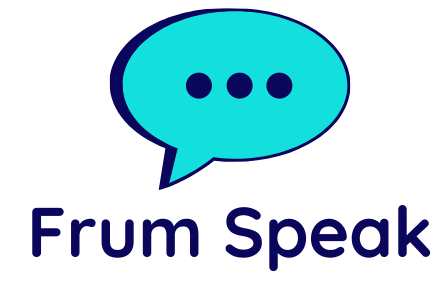The moment that local officials in Washington have been dreading for months is finally here. President Donald Trump, one month into his second term, has publicly returned to one of his longtime talking points: a federal takeover of the District of Columbia. It would take some doing, though — including, literally, an act of Congress. But the issue bubbled up again this week, the latest in the blizzard of initiatives that have surfaced since Trump took the oath of office Jan. 20. Whether it was just a reminder that the president possesses the power to set off alarms with an off-the-cuff remark or by directing his administration to take concrete steps to make it happen remains to be seen. As with efforts to rename the Gulf of Mexico, make Canada the 51st state or make Greenland a U.S. territory, a lot depends on what happens next. Here’s a look at some of the questions surrounding the issue: Could this really happen? Yes, but Trump can’t do it alone. Congress, with both houses controlled by Republicans, could absolutely vote to repeal the 1973 Home Rule Act. That would be a deeply controversial vote which would likely test the strength of the three-seat GOP majority in the House of Representatives. Why now? That’s a bit of a mystery. Mayor Muriel Bowser has set a conciliatory tone ever since Trump was elected again. She traveled to Mar-a-Lago to meet with Trump, and said she looked forward to working with the new administration and emphasized the common-ground issues — such as their mutual desire to get federal workers back to their offices. Trump, in his brief comments on Air Force One, said he and Bowser “get along great.” Bowser responded with a posting on X, declaring D.C. “a world-class city” and listing the District’s virtues. Trump was also responding to a specific question from a reporter, so it’s possible this was an off-the-cuff comment and not indicative of an immediate priority issue for him. What can Trump do unilaterally? Local government officials have been quietly predicting some sort of executive order imposing stiffer criminal penalties or a crackdown on homeless encampments, but a full “ takeover” would still require an act of Congress. He could theoretically take over the Metropolitan Police Department — something that was considered during the 2020 mass protests over the murder of George Floyd by Minneapolis police. Justin Hansford, a professor at D.C.’s Howard University School of Law, said such a step would need some sort of “justifying emergency.” Trump’s perspective on what constitutes such an emergency, Hansford said, “would absolutely be challenged in court.” How bad are the problems he mentioned? Violent crime rates, particularly homicide and car jacking, legitimately spiked in 2023, leaving officials publicly scrambling for answers. Those numbers came down significantly in 2024, in the face of a new public safety bill and a concerted MPD crackdown. They’re up a bit so far in 2025 but still down from their recent peak but also well below the late 1990s when D.C. regularly led the nation in per-capita homicides. Graffiti in D.C. is common but not exactly a civic crisis. The city has worked to both clean up graffiti hotspots and transform young taggers into publicly sponsored muralists. Multiple homeless encampments are a fact of life in Washington, but the District government is partially handcuffed by the fact that large swaths of the […]
Category:


Recent comments